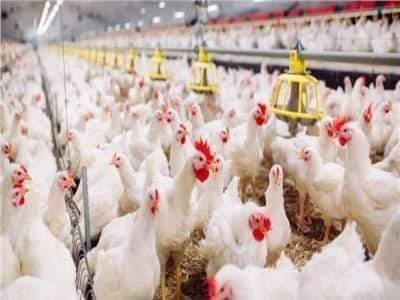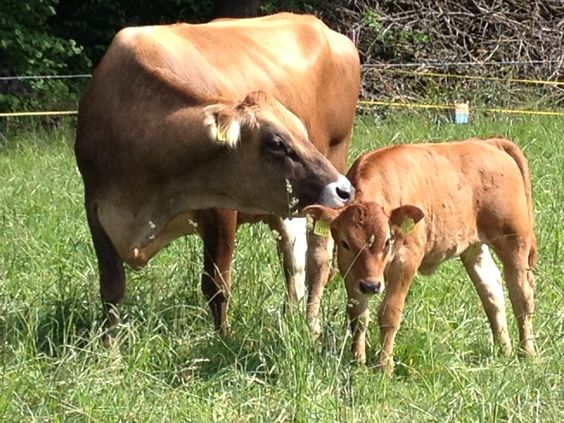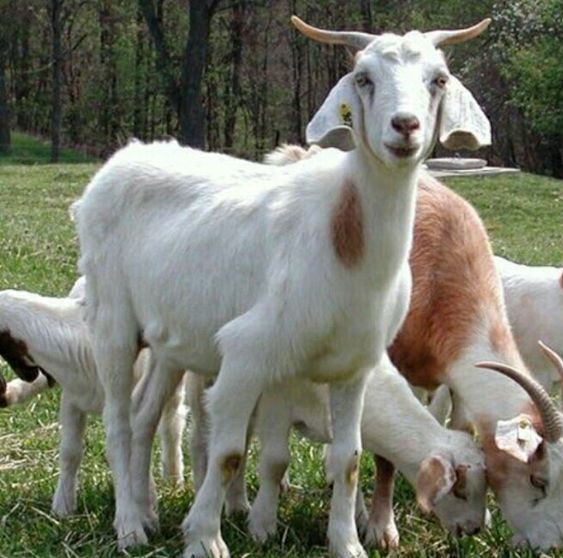Lucrative Poultry Cultivation: A Guide to Raising Birds for Meat and Eggs
Poultry Cultivation, also known as poultry farming, is the practice of raising domesticated birds for meat and eggs. Chickens are by far the most common poultry bird raised globally, but ducks, turkeys, geese, and even guinea fowl are also cultivated for consumption. This article dives into the world of poultry cultivation, exploring different aspects like bird selection, housing, feeding, breeding, and biosecurity.
Choosing Your Poultry Cultivation
Poultry CultivationThe first step in poultry cultivation is selecting the right bird for your needs. Here’s a breakdown of some popular poultry choices:
- Chickens: These are the most versatile poultry birds, raised for both meat (broilers) and eggs (layers). Different breeds excel in specific areas. Breeds like Leghorn and Rhode Island Red are known for high egg production, while Cornish Cross chickens are bred for rapid weight gain.
- Ducks: Primarily raised for meat and eggs, some duck breeds are also valued for their down feathers. Ducks are known for their foraging abilities and can be good options for free-range or semi-free-range setups.
- Turkeys: These large birds are mainly raised for meat, particularly during holidays like Thanksgiving and Christmas. Different turkey breeds mature at varying rates, so choose based on your desired production timeline.
- Geese: Geese are raised for meat and eggs, with some breeds also known for their excellent weed control abilities. They require access to water for swimming and are known to be quite vocal.
Poultry Housing: Creating a Safe and Comfortable Environment
Poultry Cultivation housing plays a crucial role in bird health, productivity, and overall well-being. Here are some key considerations:
- Coop Size: The coop size depends on the number and size of birds you plan to raise. Ensure there’s enough space for birds to move around comfortably. A crowded coop can lead to stress, diseases, and reduced productivity.
- Ventilation: Proper ventilation is essential for maintaining good air quality and preventing respiratory problems in birds. The coop should have adequate ventilation openings to allow fresh air circulation and remove moisture.
- Nesting Boxes: Laying hens require nesting boxes for laying eggs. Provide enough nesting boxes to avoid overcrowding, with one box for every 4-5 hens.
- Flooring: Deep litter bedding like wood shavings, rice hulls, or peanut shells is commonly used for flooring. This allows for waste absorption, dust control, and provides birds with some scratching materials.
Feeding Your Flock: A Balanced Diet for Optimal Health
Poultry Cultivation,A balanced diet is vital for ensuring healthy growth, egg production, and overall well-being of your poultry. Here’s a basic overview of poultry feed:
- Chick Starter: Newly hatched chicks require a specific starter feed formulated for their delicate digestive systems. This feed is rich in protein and essential nutrients for proper growth.
- Grower Feed: As chicks mature, they graduate to grower feed. This feed has a slightly lower protein content than starter feed and provides the necessary nutrients for continued development.
- Layer Feed: Laying hens require a feed specifically formulated for egg production. This feed typically has a higher calcium content to support eggshell formation.
- Meat Bird Feed: Broiler chickens raised for meat have specific dietary needs. Their feed is formulated for rapid weight gain and often contains higher fat and protein content.
Breeding Poultry: Maintaining Your Flock
Poultry Cultivation,If you plan to raise your own breeding stock, there are several factors to consider:
- Selecting Breeding Stock: Choose healthy, well-developed birds from your existing flock or purchase breeding stock from reputable sources.
- Breeding Ratios: The ideal breeding ratio varies depending on the bird species. For chickens, a common ratio is one rooster for every 8-10 hens.
- Nest Boxes and Nesting Material: Provide ample nesting boxes with comfortable nesting material like straw or wood shavings to encourage breeding and egg laying.
- Hatchery or Brooding: You can choose to hatch chicks using a hatchery incubator or set up a brooding setup with a heat lamp to keep chicks warm after hatching.
Biosecurity: Protecting Your Birds from Disease
Biosecurity measures are crucial for preventing the introduction and spread of diseases in your poultry flock. Here are some important practices:
- Vaccination: Vaccinate your birds according to a recommended schedule by a veterinarian to protect them from common poultry diseases.
- Hygiene: Maintain a clean coop environment by regularly removing manure and used bedding. Wash feeders and waterers regularly to prevent bacteria buildup.
- Pest Control: Implement measures to control pests like rodents and insects that can carry diseases and negatively impact bird health.
- Quarantine: If you introduce new birds to your flock, quarantine them for a period to observe for any signs of illness before integrating them with the existing birds.





